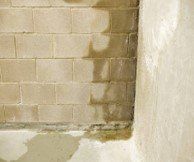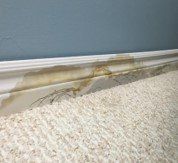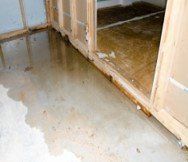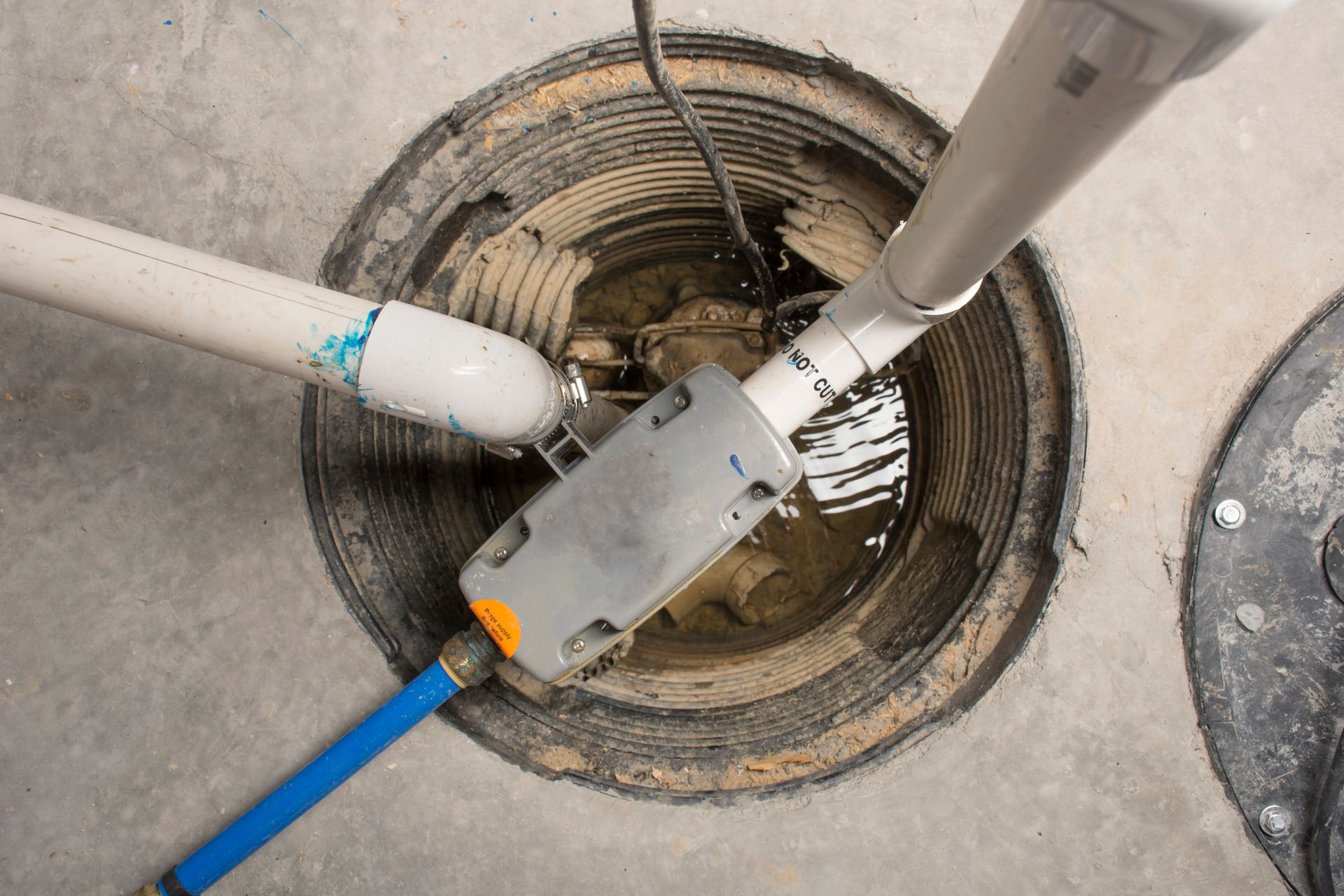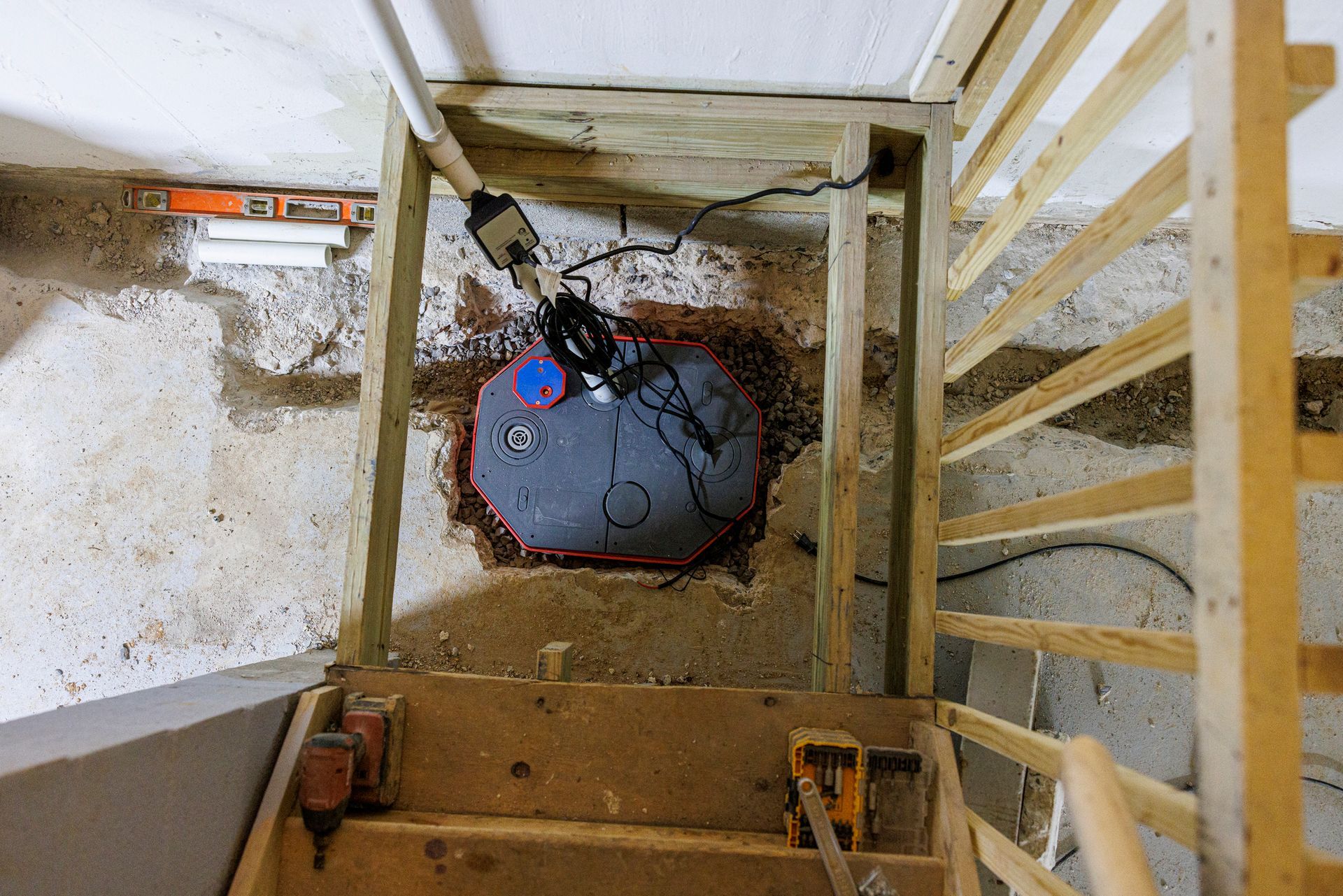6 Signs Your Basement Needs Improved Waterproofing
Most homeowners know that finding standing water in their basement is a sure sign that it needs better waterproofing. But what other indicators might tell you the same thing in subtler ways? Here are six of the most common and most important - but often overlooked - signs that anyone can look out for.
1. Musty Smells
Take a whiff of your basement when you enter and move around in it. Does it smell musty on a regular basis? Does the odor linger even though you try different methods to remove it or its causes? If so, the problem may be that the mustiness is actually moisture deeper in the walls and foundation. By the time wet items have developed a smell, that moisture is already causing damage inside.
2. Efflorescence
Efflorescence describes the appearance of white, gray, or slightly sparkly minerals on concrete or brick surfaces. It forms when moisture has seeped into porous building materials, like concrete and brick, and evaporated. The minerals in that water are left behind, forming a visible marker on walls. Efflorescence may be a serious problem or just a cosmetic issue, but it needs to be investigated either way.
3. Condensation
Look for condensation at various times of the season, including both dry periods and after rain or snow. Condensation is the gathering of moisture on the inside of windows or on other furnishings and walls. It creates a dampness in the air and can often be felt even if not seen. Interior condensation is a strong marker that the basement is too moist or humid and water is getting inside and staying there.
4. Dry Rot
The wooden structures in your home's lower levels can harbor signs of moisture. One of the most common is dry rot.
Despite what its name suggests, dry rot actually occurs due to the presence of at least 20% moisture in the wood. It's simply referred to as dry to differentiate it from wetter forms of rot. You may notice dry rot as visible decay, musty smells, crumbling, cracks, gray strands, or the presence of spores or fungus on the wood. Dry rot can be hard to find as it often develops in covered spots.
5. Cracks
Cracking in the concrete of walls, basements, or foundations should be thoroughly investigated. Cracks have a number of causes, but one of the most common is water getting into the concrete. As the water moves, expanding and contracting, it will eat further into the structure holding up your house.
6. Exterior Water
Take a walk around the basement or foundation's exterior and look for signs of pooling water outdoors. Improper drainage, water that fails to be absorbed or evaporated on a timely basis, and the growth of molds and fungi near the foundation can all put that foundation at risk of water getting through.
Even if water hasn't yet penetrated, these exterior problems increase the chances that it will do so eventually. Additional waterproofing will either stop the damage or prevent it from starting. Many grading and landscaping issues should also be addressed with changes to the property, but the best approach is a two-pronged one - protecting the basement while removing the causes.
Where to Start
Have you observed any of these signs of possible moisture problems in your basement, crawl space, or foundation? If so, you may need to improve your waterproofing in order to avoid further damage and escalation of the problem.
Rite-Way Waterproofing can help. We've assisted Midwest property owners with all their waterproofing needs since 1965. We can help you protect your home too. Call today to make an appointment.


